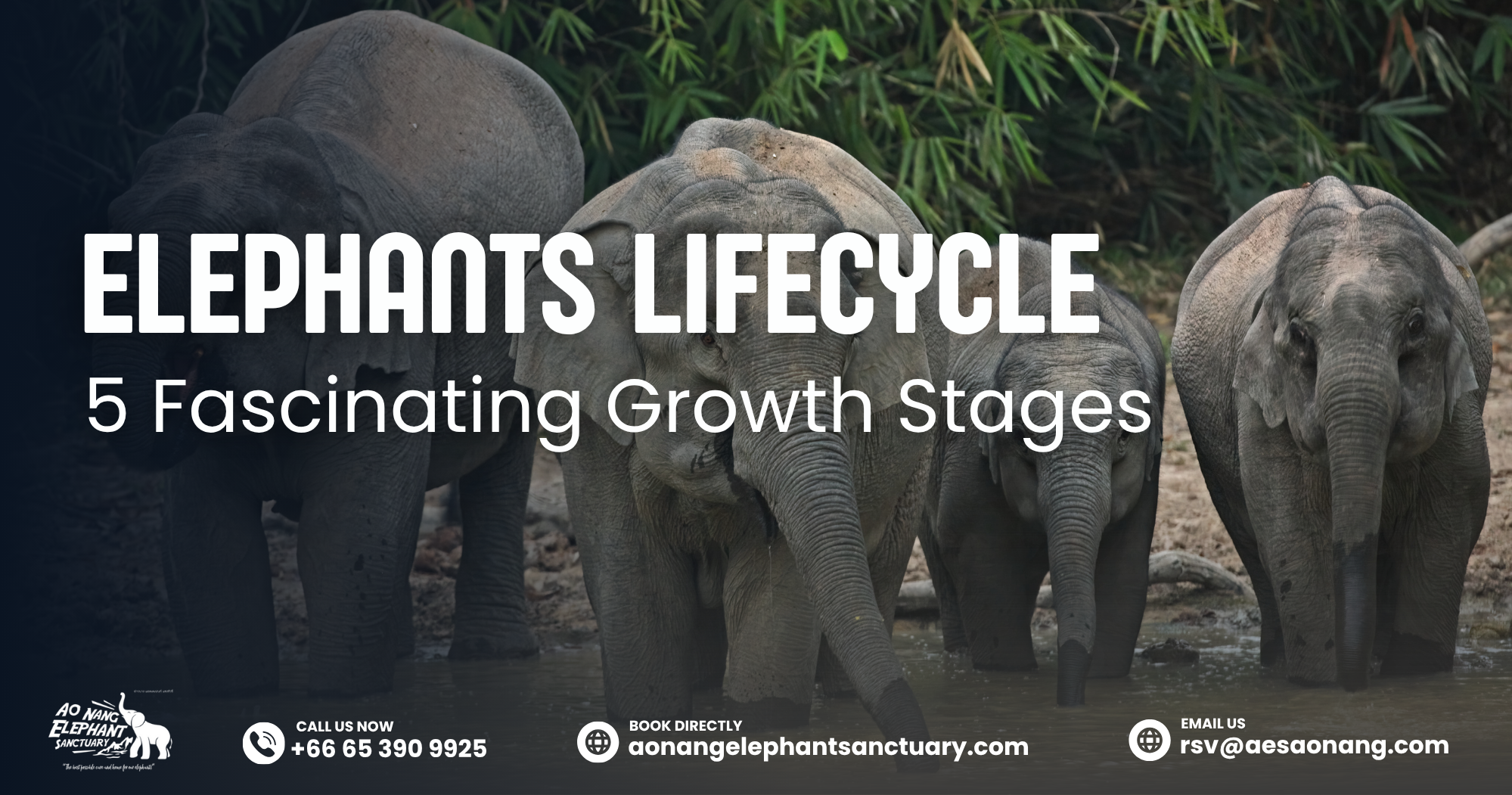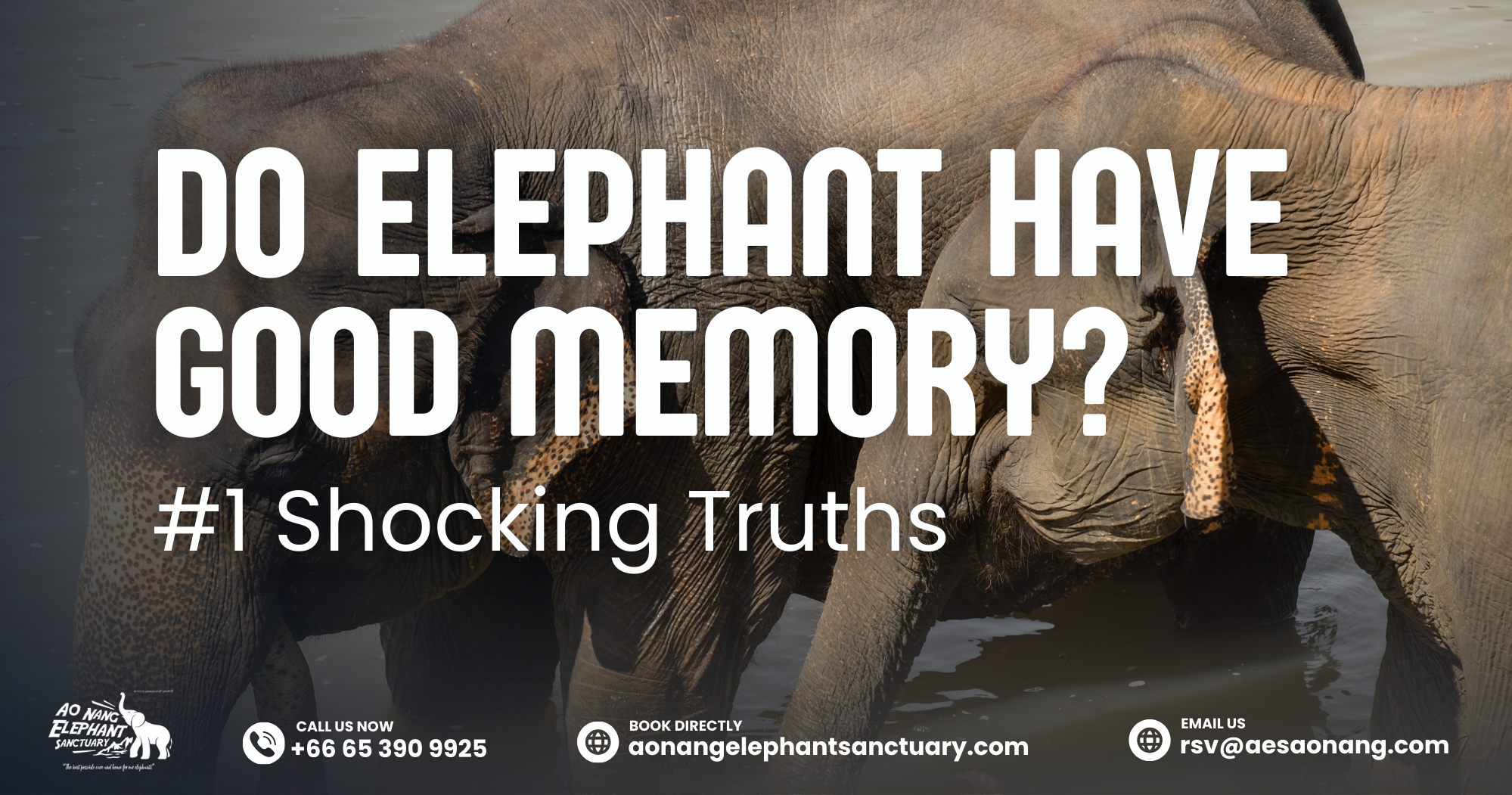The elephants lifecycle goes through four general stages, which are birth/life development, maturity, death/life decay, and lastly, a long period where the animal gets replaced by the younger members of the group. The first stage of birth and life development is characterized by an extraordinary gestation of nearly 2 years and 22 months. Consequently, the birth of the smallest land mammal, of just 90 to 120 kg.
The growth stage is perhaps the most challenging for the elephants, with almost constant protection from the mother, nursing, and gradual familiarization with solid food. Interestingly, for the first 2 years, the calves mostly rely on the mother’s milk.
Birth And Early Infancy (0–2 Years)
The lifecycle of elephants has a newborn calf at the center, which marks the beginning. The gestation period for an elephant is not only the longest amongst land mammals, but is also an incredible one, lasting approximately 22 months. The weight of a newborn elephant ranges from 90 to 120 kilograms (200–265 pounds). Even though they are giants in a small way, these babies are very delicate.
The first few hours following birth are when calves learn to stand and take their first steps. Alongside the mother and other female relatives, called “allomothers,” the little one is taught basic social behavior while she’s under the supervision and care of caregivers. In the first three months of life, calves are totally dependent on their mother’s milk, which supplies the required nutrients and antibodies. Slowly but surely, they start to get familiar with their environment and practice eating solid food.
Rescuers and care workers in sanctuaries fill the same shoes as human caregivers when they take care of orphaned calves. They provide complete bottle feeding, socializing gently, and medical attention to young elephants.
Juvenile Stage (2–10 Years)
Within two years, elephants become infants. Besides the milk, they consume more greens like grass, leaves, fruits, and bark. Their diet expands as they acquire the necessary skills for gathering food from their group.
Juvenile elephants are extremely curious and playful. They play while using their trunks on different things like lifting branches, getting cups of water, and making dust baths for themselves. This time is very important for their social development – calves pick up the signs of communication, like trumpeting and rumbles, which lead to the strengthening of the bonds within the herd. This playful stage is a vital part of the elephants lifecycle, shaping how young elephants interact, learn, and grow within their herd.
Besides, young elephants become eager to establish friendships. Naturally, female juveniles will never leave their herd and live with the whole for the rest of their lives, while males will leave during adolescence. Wildlife reserves and sanctuaries guarantee that elephants staying in the wild have large, spacious areas to roam and enough friends to make up a good social structure.
Adolescence And Early Independence (10–15 Years)
Adolescence is a turning point in an elephant’s life. The males begin the process of separation from the maternal herd around the 12th to 15th year of their lives. Then, they join a bachelor group or live apart, but only a few miles from other male groups. On the contrary, the females stay closely united with their matriarchal family.
In this period, elephants perfect their survival skills. Bullies learn to deal with social hierarchies by being brash and pretending fights. Females prepare for the leadership position by following the example of the older matriarchs.
Adolescence elephant’s welfare is the concern of conservationists and caretakers who keep a close watch on them to make sure they are well fed and are emotionally content. Young elephants rescued from the wild are frequently given activity opportunities that serve as a sort of enrichment. For example, they become explorers of the natural habitat, and they can do a foraging challenge. It allows them to become accustomed to being in half-wild conditions.
Adulthood And Maturity (15–40 Years)
The elephants lifecycle in the stage of maturity lasts the longest. Usually, females have their first baby when they are 15 years old, and there is a new baby born every 4 to 6 years. Their strong motherly nature is the main guarantee of the continuation of the species in the future.
Fully developed males, or bulls, go through “musth,” a physiological upheaval during which testosterone is raised and the sexual instinct is intensified. Therefore, bulls are more assertive and fighting-capable. This period is essential in nature for spreading robust genetic qualities among the offspring.
The life of mature elephants is crucial for the survival of the ecosystem in equilibrium. Being a keystone species, their consumption activities, such as felling trees and seed dispersal through feces. Not only give shape to their habitats, but they also maintain the balance therein.
Senior Years And Old Age (40–70+ Years)
Elephants are generally remembered for their long lives. They can live in the wild for 60 to 70 years. When getting old, elephants decrease their pace but still keep their value as part of the herd. The older female elephants are not seldom the most respected matriarchs who, by their many years of experience, guide the younger ones to water sources and safe grazing areas.
Old elephants gradually develop problems such as worn-out teeth, arthritis, and lack of movement. The workers in the sanctuary make sure that old elephants have their diets, which they can follow with softer food, and that they have places to go to where they can bathe in water without getting hurt coming to their joint pains.
The experience of these elder elephants is one of the main grounds for the herd’s survival. Through their memory and leadership skills, they can help the group overcome the harshest situations and migrate to better places.
How Humans Care For Elephants At Every Stage
Various conservationists and ethical sanctuaries all over the world are very important in supporting elephants in all the changes in their lives. The main care steps are:
- Nutrition: The diets will be adjusted according to the age of the individual and could range from milk formulas for calves to softer, high-fiber food for seniors.
- Veterinary Care: Regular health checks, vaccinations, and treatments are provided to the elephants by the veterinarians in case of injuries or diseases.
- Social Environment: This is done by keeping the natural herd structures or forming suitable social groups to let them interact with each other and encourage healthy bonding.
- Habitat Protection: This is achieved by saving the forests and grasslands so that there is space and enough food for the elephants.
Protecting Elephants, Preserving Their Legacy
The lifecycle of the elephants is a procession of great power, knowledge, and cooperation. The first years of life are full of love and care, and then the elders are respected for their wisdom. In every instance of life, they teach about the requisites of being strong and of close family relationships. The act of saving elephants is equal to saving their whole life story so that future generations can see these majestic animals.
Beautiful places like the Ao Nang Elephant Sanctuary and the Krabi Roaming Elephant Sanctuary are two excellent examples of where you may want to plan your visit if you intend to travel to Thailand. When you visit, you are allowing the food, medical care, and safe shelters for the elephants while also encouraging the awareness of the ethical practice of wildlife tourism.
Reserve your spot now to get a chance to meet Asian elephants!
- Phone: +66 65 390 9925
- Email: [email protected]
- Book directly at aonangelephantsanctuary.com








